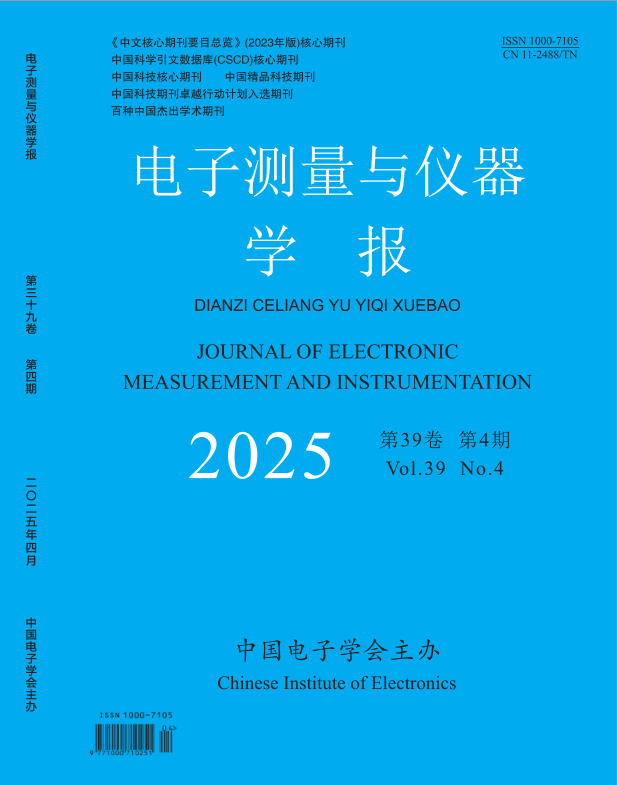Abstract:Aiming at the problem that most conventional methods cannot achieve high precision when ionospheric delay variation increasing at low sampling rate, a new cycleslip detection and correction method is proposed. Firstly, a geometryfree and ionospherefree carrier phase combination (GIF), and a secondorder timedifference phase ionospheric residual combination (STPIR) are integrated to detect the cycleslips epochs. Then in these cycleslips epochs, two ionospherefree codephase combinations are selected as the first and the second detectable amount respectively, and a geometryfree combination (GF), which ionospheric variation is taken into account, is selected as the third. These three combinations are composed linearly independently to find the values of cycleslips. Finally, the experiment with BeiDou triplefrequency is given to verify the method. The experiment indicates that even in 30 s sampling intervals, the method can still detect different types of cycleslip, especially insensitive cycle slips. This method can effectively reduce the effect of increasing ionospheric delay variation at low sampling rate, and be applied to dynamic, undifferenced observations.
